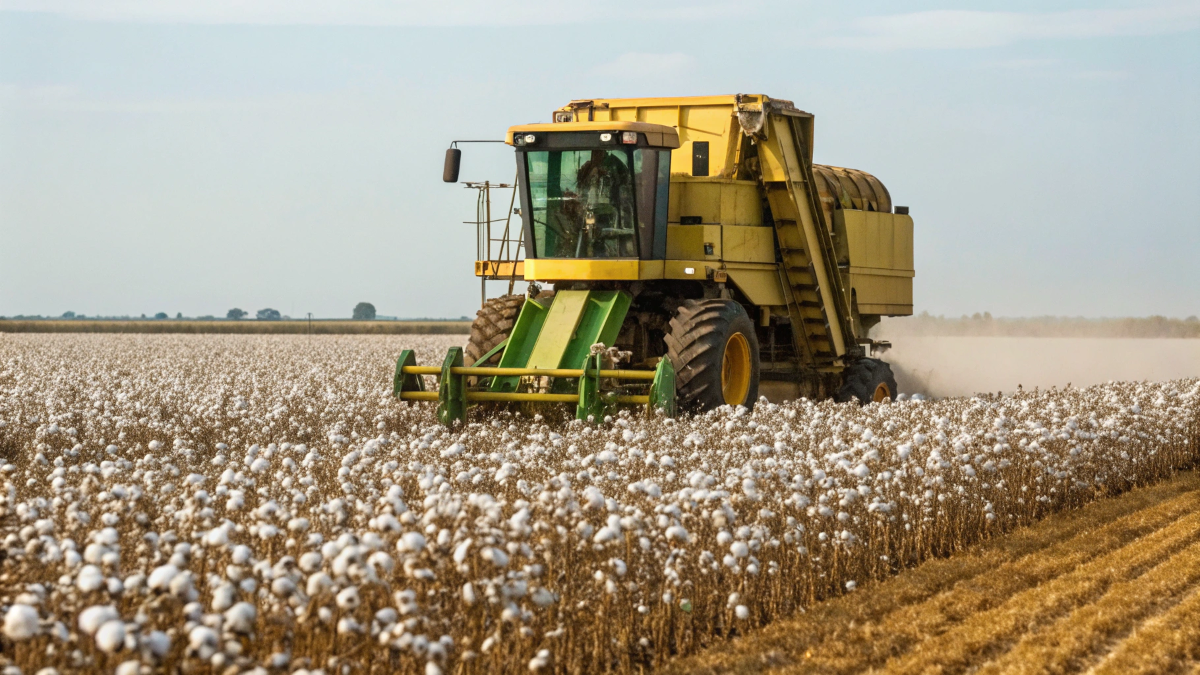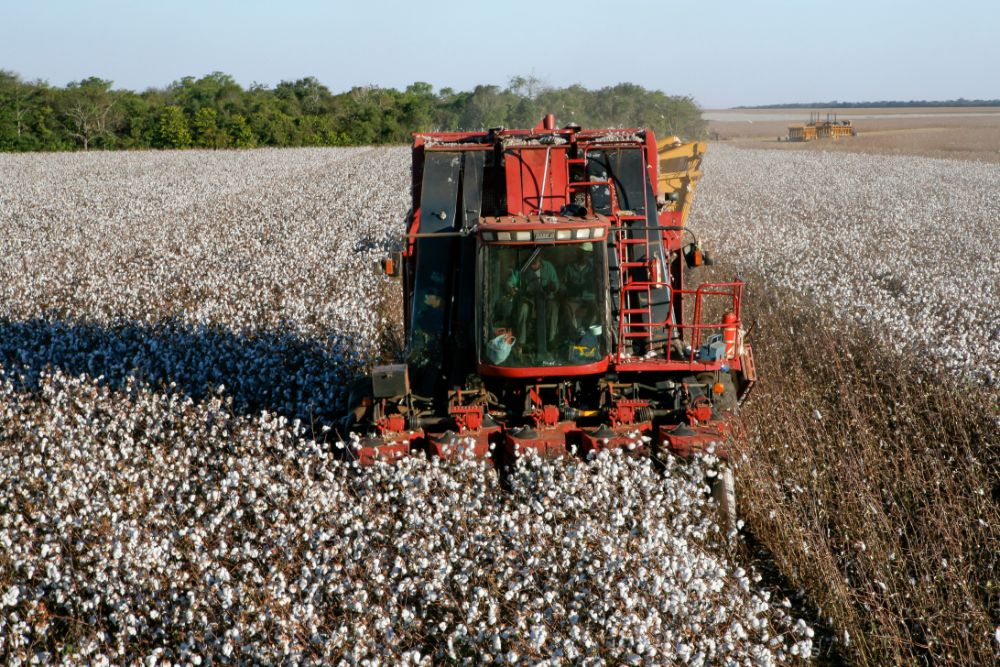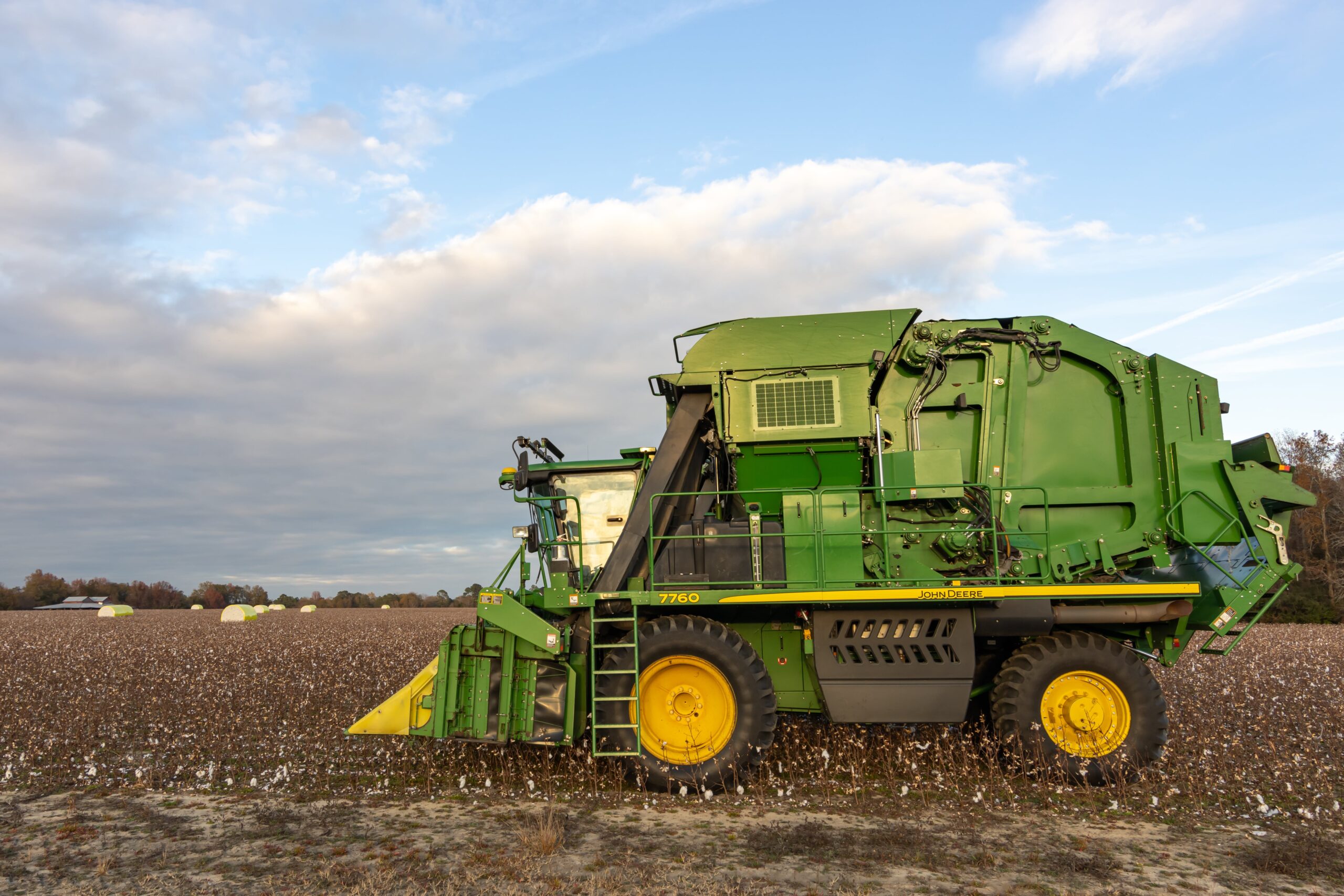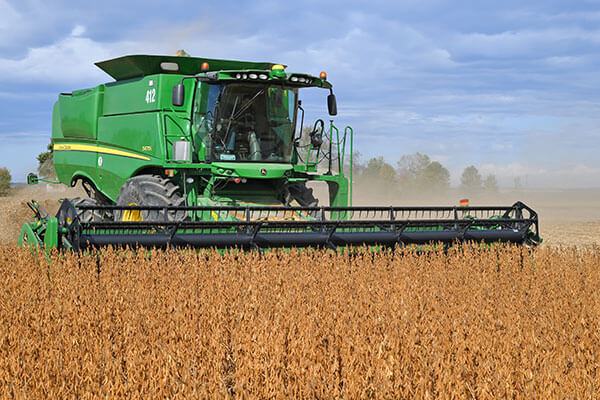In the world of agricultural machinery, John Deere aftermarket parts have become a hot topic of conversation among seasoned equipment owners and new operators alike. Whether you’re running a fleet of cotton pickers during a grueling harvest season or managing a single machine for a family-owned farm, the performance, durability, and cost-effectiveness of your replacement
READ MORECotton Picker Parts
Decoding the Case IH Parts Catalog: A User-Friendly Guide
Few resources are more critical for anyone maintaining or repairing agricultural machinery than the Case IH parts catalog. Whether you’re a seasoned farm equipment technician or a DIY enthusiast keeping your operation running, knowing how to navigate this catalog efficiently can save you time, money, and frustration. The Case IH parts catalog isn’t just a
READ MORENavigating the World of Case IH Parts: Tips for Maintenance and Upgrades
Reliability, durability, and performance are critical in agricultural machinery. Few brands embody these traits as consistently as Case IH, a long-standing leader in the field of farming equipment. Whether you’re managing a small farm or operating a large commercial agricultural enterprise, ensuring your machinery performs at its best is vital to your productivity, and the
READ MOREWhat Are the Main Parts of a Cotton Harvester?
Cotton harvesting is a critical stage in the agricultural process that requires specialized machinery to ensure efficiency and minimize crop loss. Cotton harvesters, whether spindle pickers or stripper harvesters, are complex machines with numerous components working together to gather, clean, and store the cotton crop. Farmers and technicians must understand the main parts of a
READ MOREThe Role of the Cotton Picker Spindle: Why Quality Matters in Harvest Efficiency
The cotton industry depends on machinery that can reliably perform in rugged field conditions while delivering high yields with minimal fiber damage. One of the most critical components in this process is the cotton picker spindle. These rotating components do the essential job of extracting cotton from the plant’s bolls. Though small compared to other
READ MORE



